Barcelona has been a source of inspiration for many artists such as painters, writers, and musicians. Film directors are not an exception. The streets, squares, and buildings of the city have been the stage chosen by famous directors for some of their greatest movies, which you may have recognized if you have ever been to Barcelona.
Table of Contents
Todo sobre mi madre
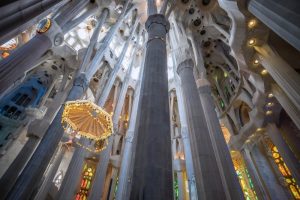


Photo via Visualhunt
This film by Pedro Almodovar won an Oscar, a Golden Globe and two BAFTA awards. It tells a story focused on women, with the city of Barcelona as a witness and a scenario. Although the movie initiates in Madrid, the main character, Manuela (Cecilia Roth) travels to Barcelona where she meets her friend Agrado (a transsexual woman played by Antonia San Juan). In Todo sobre mi madre you will see some of the most famous landmarks of the city such as La Sagrada Familia and the Columbus monument, and you will also see other not-so-typical parts of the city, like the Hospital del Mar, the Duc de Medinaceli square or the Montjuic Cemetery. In the movie, Agrado, lives in a flat in front of the beautiful Palau de la Música (it can be seen through the windows) and another of the characters lives in the modernist Casa Ramos.
Related article: How to go to the movies in Barcelona for a cheaper price
Vicky, Cristina, Barcelona
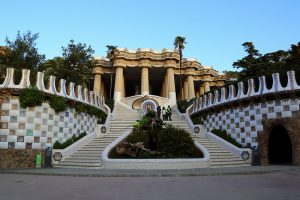


Photo by Don McCullough via Visualhunt
This is one of the most obvious references in the recent history of the films shot in Barcelona. The movie was directed by Woody Allen in 2008, and many local critics despised it for not portraying a real image of the city and its inhabitants. The characters in the film live in luxurious houses with big terraces and drive expensive cars. Another criticism was that all the landmarks of the city are a bit forced into the film with the excuse of sightseeing. The Sagrada Familia, Park Güell, the famous rooftop with the chimneys of La Pedrera, the Olimpic Port and the Tibidabo amusement park are good examples of it. But there are some moments in the movie in which the locations appear in a more natural way in the lives of the characters, like when Vicky receives Spanish lessons in the beautiful Sant Pau Hospital Complex, the photography lessons in the Ciutadella Park or the conversation and drinks at the modernist bar Els Quatre Gats.
L’Auberge Espagnole
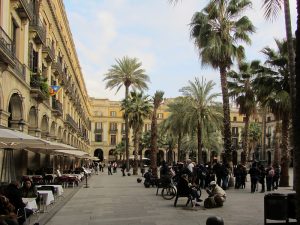


Photo by Spiterman via Visualhunt
Seven years before Allen’s contribution, French director Cédric Klapisch chose Barcelona as the setting for his story about a group of Erasmus students with Xavier, a French man finishing his degree, as the main character. He shares the flat with other international students and discovers the life and adventures of Barcelona. The film shows a younger and fresher side of the city, found in many bars and open spaces in Raval, the Gothic quarter and Barceloneta. It also portrays very typical places that have undergone changes since the film was made (especially in atmosphere) like the famous Ramblas or the Plaça Reial.
Perfume: The Story of a Murderer
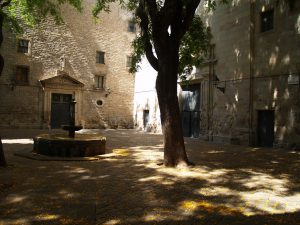


Photo by David Polo via Visualhunt
Shot between Girona and Barcelona, the adaptation of this famous novel is a journey to the past, focused in the old part of town, mostly in the Gothic quarter and the Born area. You will recognize in the screen Carrer del Bisbe, Sant Sever Street or the popular Sant Felip Neri square. Other squares were used to recreate the medieval Paris, like the Mercè square (where the church devoted to the Mercè virgin is located) or the Plaça Reial. The final scene, though, was shot in the square of a more modern complex, Poble Espanyol, built in 1929 for the International Exposition held in the city.
Related article: Quotes about Barcelona
En construcción
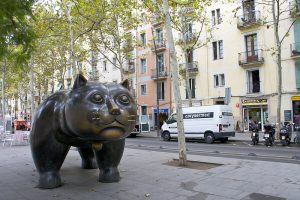


Photo by katherineprice via Visualhunt
This documentary, directed in 2001 by Jose Luís Guerín, is an interesting approach to the transformation of the Raval area, known before as El Barrio Chino (the Chinese neighborhood) and which had a very sordid reputation from the 60’s until the 90’s. The film follows the experiences and talks of different characters that lived and work in the area at the time of the construction of the Rambla del Raval. Several blocks had to be demolished to create the space, and the camera sits naturally among those who appear on the screen, like the construction workers while they have random talks, or a young prostitute and her boyfriend who live in the neighborhood, while they have a conversation. It may be a bit slow and plotless compared to the other films mentioned above, but it was critically acclaimed for its powerful perspective on the changes the city was undergoing.
Looking for an apartment in the city? ShBarcelona is the answer.









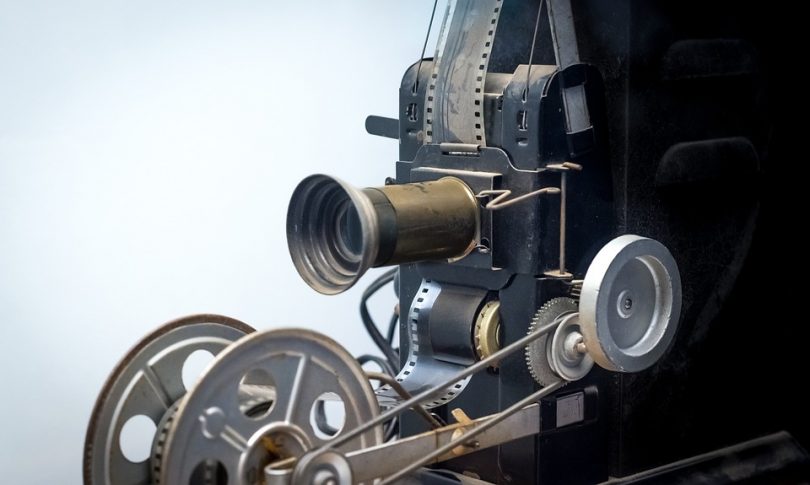

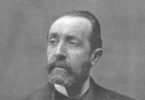
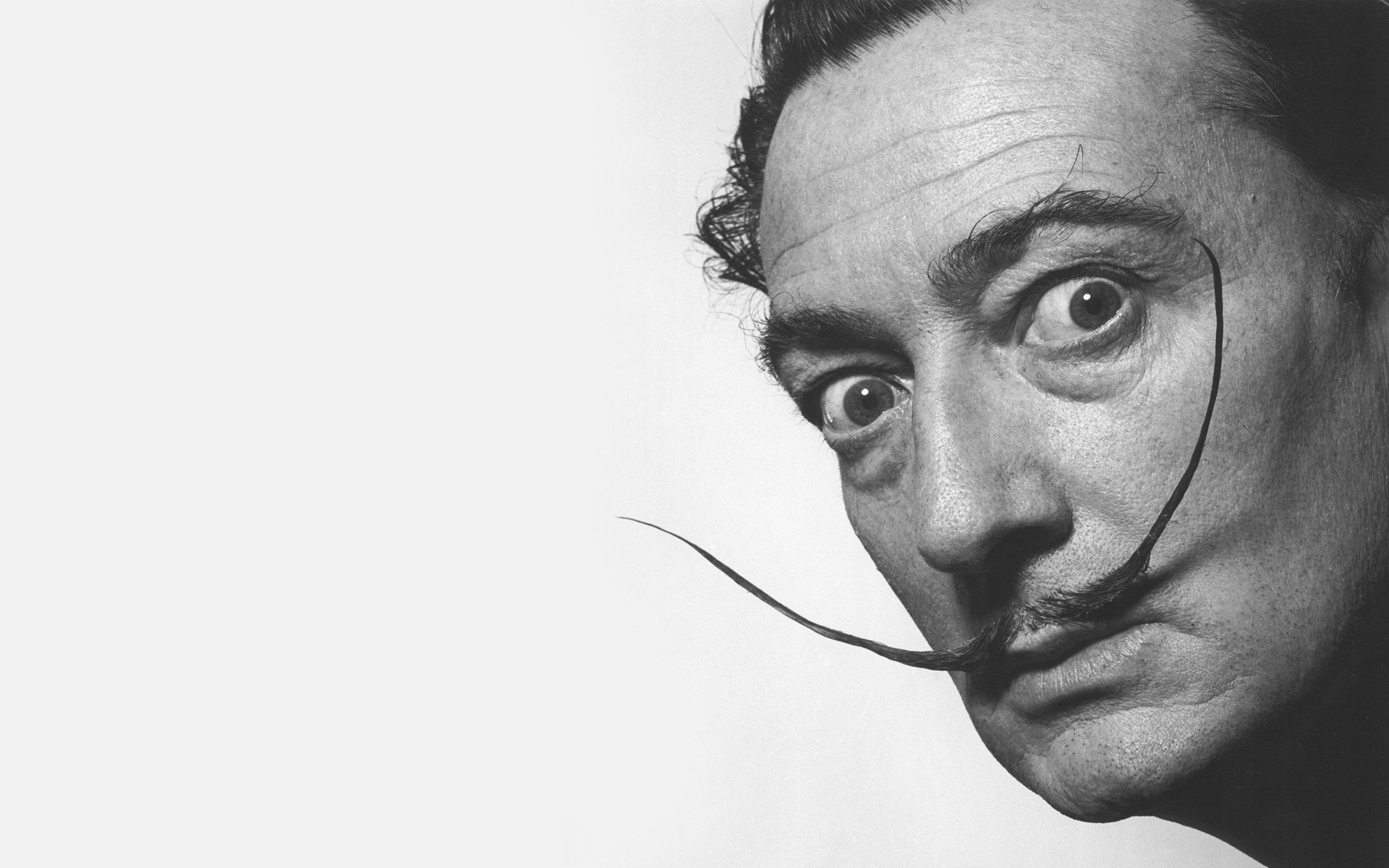
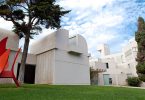
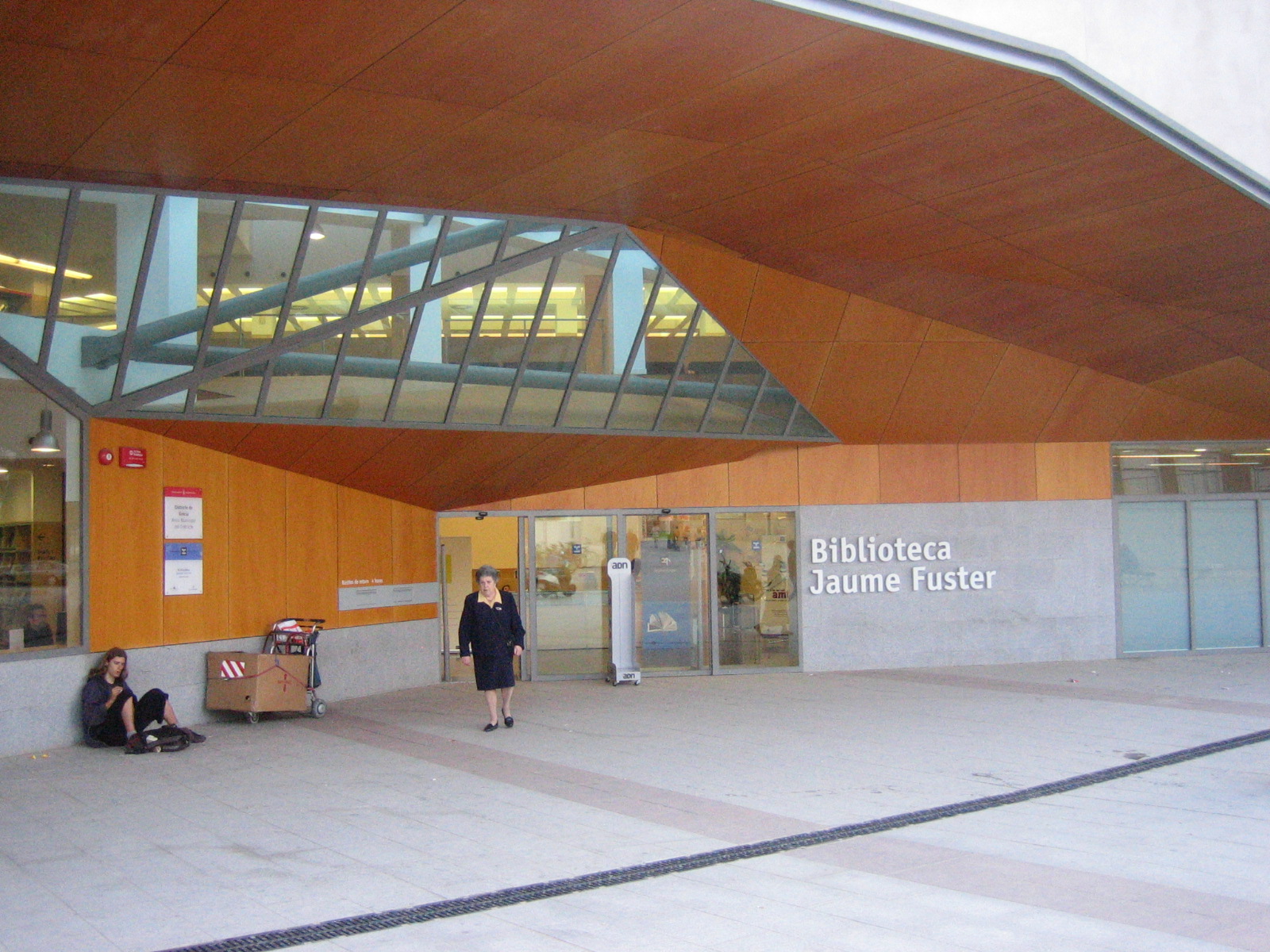

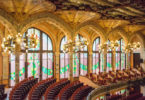
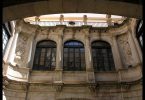

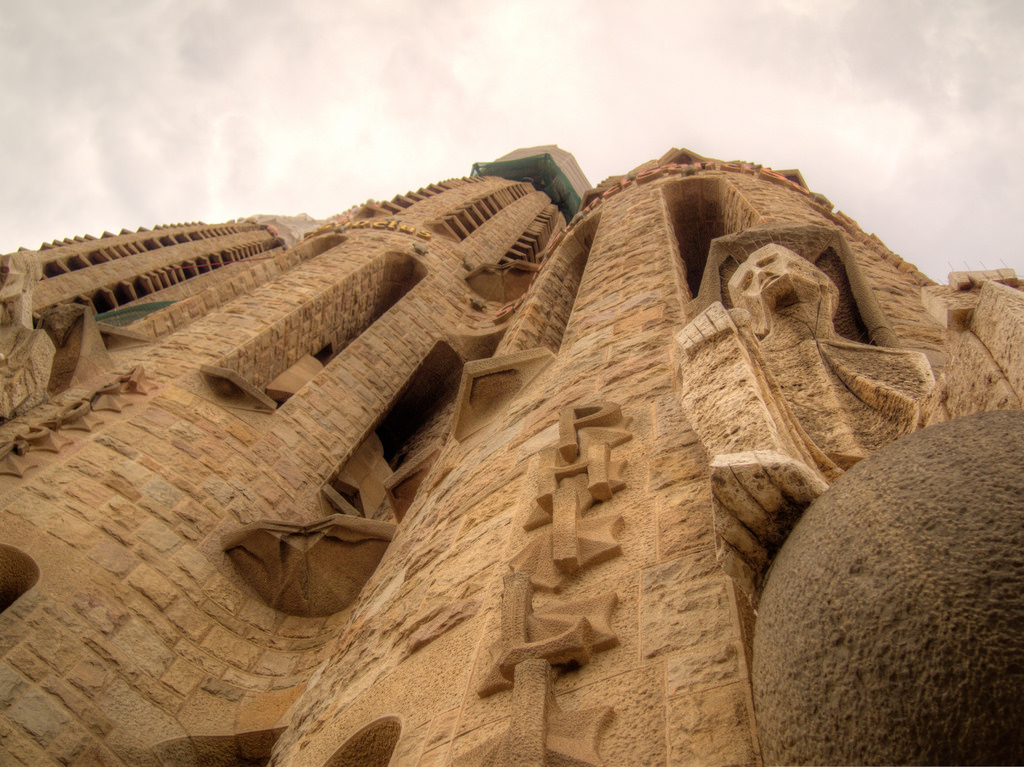

Leave a Comment